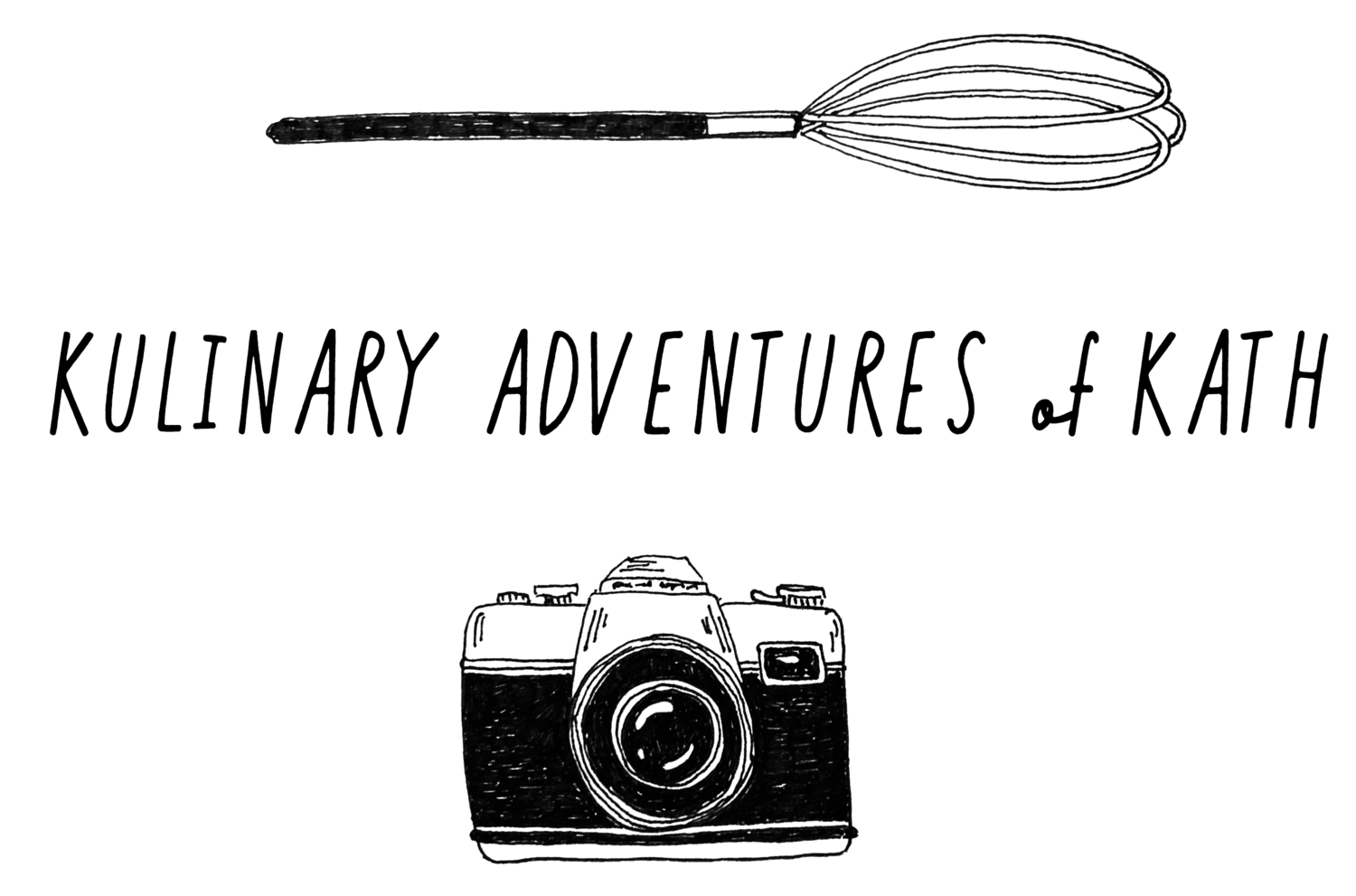This is another recipe I have found in my Grandma’s collection. I never remember her making it, I think by the time grandchildren came along her baking repertoire had been much refined to her favourites and she didn’t seem to sway from them very often. Not that any of us complained. There was comfort knowing your favourite would be served to you when you visited or brought with her to share when she came over to us. Even if the baked good du jour wasn’t your favourite, it was still one of her well known staples.
Looking back, it probably would have been slightly shocking if Grandma turned up with some new baked creation - I mean, no one likes change, do they?! Particularly where nostalgic baking is concerned. I remember one time Grandma was inspired by a pavlova made at a cake shop I was working at at the time, which was quite different to hers. When we next had dinner she made a pavlova, but had lightly crushed some toasted hazelnuts and mixed them through the meringue before cooking. I was silently horrified that my beloved pavlova had been altered and didn’t have the heart to tell her that hazelnuts were not the ‘secret ingredient’ of the pavlova she was trying to re-create. In hindsight, I probably should have encouraged my Grandma’s baking creativity a little more. Maybe then more family favourites would have been found and more baking discussions would have been had. But I guess now, I will have to be happy with the cookbooks and handwritten recipes I have from her, and the memories we did create in the kitchen.
This shortcake, is kind of a slice/cake combination and is very simple to make, and very easy to eat! Many jams would work here, but I can rarely pass up a good berry jam.
Mixed Berry Shortcake
Ingredients:
340g margarine (flavourless) or unsalted butter
240g caster sugar
1 tsp vanilla extract
2 eggs
250 g self-raising flour
210g mixed berry jam (I used this homemade jam)
55g coconut chips or shredded coconut
Method:
Pre-heat oven to 160 degrees Celsius, and line a 30 x 20 cm (approx.) lamington tin (I use this one).
Cream together the margarine, 120 g of the sugar and the vanilla until it becomes light and fluffy. Then add 1 egg and mix well to incorporate. Add the flour and mix to combine.
Evenly spread the mixture into the lamington tin, ensure you push it into the corners. Gently spread over the jam.
Then in a bowl, gently whisk the remaining egg with a fork, then add the coconut and remaining sugar. Mix well to ensure the ingredients are well incorporated. Gently spread the coconut mixture over the jam. The coconut mixture will only end up being a thin layer over the jam - it may look like there isn’t enough but don’t worry, it will work!
Bake for about 40 minutes, or until the top has turned golden brown and the cake underneath is cooked through (use a skewer to check). Remove from the oven and leave in the tin for about 5 minutes to start cooling, then transfer to a wire rack to cool completely.
Cut into squares and serve with tea, and maybe some cream!
The shortcake will keep in an airtight container for a few days.





































